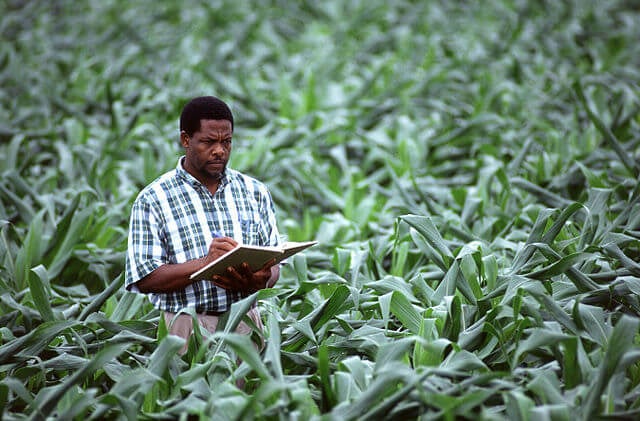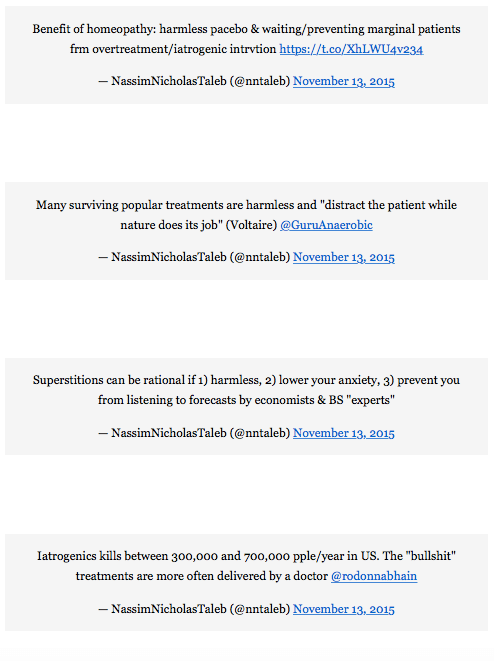Do you think that genetic engineering is just for increasing food output productivity around the planet or developing new drugs? Then think again, because genetic modification actually has a multitude of applications, including some that are out of this world.
NASA is on board with genetic technology. That’s evident from the involvement of Lynn Rothschild of the space agency’s Ames Research Center (ARC) in California. She is an evolutionary biologist and a key figure in the field of astrobiology. From Rothschild’s perspective and NASA’s, the main potential of genetic technology in space exploration is in the area of synthetic biology. That means selecting, modifying and optimizing organisms to create a wide range of needed things. In the case of a space mission, the needed things are consumables, especially oxygen and food, but also products like rocket fuel.
When it comes to sending astronauts to Mars, the ability to produce such consumables on site, rather than carrying them from Earth, can make all the difference between a feasible mission and pie in the sky. So GMO-science-deniers beware, if you’re considering responding to NASA’s call for new astronauts applicants. Neither food, nor air, aboard flights to Mars will be GMO-free.
Considering the air and food requirements for astronauts, utilization of microorganisms and plants makes perfect sense for a long-duration human space mission. Unlike carrying massive supplies in tanks, a biologically based life-support system would turn a spacecraft into a tiny extension of planet Earth.
“We’re [already] breathing oxygen that was biologically produced…I’m wearing cotton that was biologically produced,” notes Rothschild, who directs NASA’s synthetic biology program at ARC. “[We must] start looking at biology as technology,” she added, after noting that astronauts can’t take a supply of cattle with them to Mars, but that they could take supplies of plants (or seeds) and of course microorganisms. Of course, to support a life-support system on a spacecraft, the organisms will have to be modified significantly from their naturally occurring state.
Piloted interplanetary missions: Feasibility is about the ratio of payload-to-fuel
In a new paper published outline in the Journal of the Royal Society, University of California, Berkeley aerospace engineer and synthetic biology researcher Amor Menezes, suggests that GMOs, specifically those developed for synthetic biology (production of needed chemicals and building blocks) could help human space exploration — indeed, could make such expeditions orders of magnitude easier than they are today.
A big part of the reason is the need for consumables on long-distance, long duration human space missions. The Apollo lunar program came to a close back in 1972, but today NASA and other space agencies are planning to a new era of human missions beyond low Earth orbit (LEO), which has been center stage for piloted missions for the last 40 years. Within a decade, astronauts will be traveling to the Moon again, to an asteroid or two, and later could be orbiting Mars and eventually landing on the planet and perhaps also on one or both of its tiny moons.
In Project Apollo, life support was based on carrying pretty much everything that astronauts needed from launch to splashdown. That meant all of the food, air, and fuel. Fuel in particular took up most of the mass that was launched. The enormous three-stage Saturn-V rocket was basically a gigantic container for fuel, and even the Apollo spacecraft that the Saturn carried into space was mostly fuel, because fuel was needed also to return from the Moon. If NASA’s new Orion spacecraft takes astronauts back to the Moon, they’ll also use massive amounts of fuel going back and forth; and the same is true if they journey to a near-Earth asteroid. However, once a lunar base is set up, astronauts will be able use microorganisms carried from Earth to process lunar rock into fuel, along with oxygen. The latter is needed not just for breathing, but also in rocket engines where it mixes with the fuel.
Currently, there are microorganisms available naturally that draw energy from rock and in the process release chemical products that can be used as fuel. However, as with agricultural plants like corn and soy, modifying such organisms can potentially make a biologically-based lunar rock processing much more efficient. Synthetic biology refers to engineering organisms to pump out specific products under specific conditions. For spaceflight applications, organisms can be engineered specifically to live on the Moon, or for that matter on an asteroid, or on Mars, and to synthesize the consumables that humans will needed in those environments.
In the case of Mars, a major resource that can be processed by synthetic biology is the atmosphere. While the Martian air is extremely thin, it can be concentrated in a biological reactor. The principal component of the Martian air is carbon dioxide, which can be turned into oxygen, food, and rocket fuel by a variety of organisms that are native to Earth. As with the Moon rocks, however, genetic techniques can make targeted changes to organisms’ capabilities to allow them to do more than simply survive on Mars. They could be made to thrive there.
Whether the destination is Mars, an asteroid, or the Moon, if a human outpost is established with facilities to process local materials into oxygen and fuel, at that point ships leaving from Earth will no longer need to carry enough fuel and oxygen for a round-trip. Consequently, they’ll be able to have a higher ratio of outbound payload mass to fuel mass at liftoff, making for a much more efficient spaceflight.
When it comes to human flight to and from the Moon, we could do it the old fashion way and carry everything, but bioprocessing of lunar materials will allow us to transport more people and non-consumable supplies (such as equipment) back and forth, using less fuel and oxygen. When it comes to piloted Mars missions, synthetic biology researchers like Menezes and Rothschild are now making the case that the old fashion way won’t even be an option. For a mission that distant, requiring months of transit, and with astronauts remaining on the Martian surface for weeks to months, synthetic biology will be mandatory. It will be employed particularly for the consumables, and that means fuel, oxygen, water recycling, and also for production of food.
That will be the situation on early human Mars missions, where synthetic biology will also provide a glimpse of the human future in space, namely the era of human colonization. The latter will entail still more challenges that will be the subject of a subsequent article and will require synthetic biology en masse.
David Warmflash is an astrobiologist, physician, and science writer. Follow @CosmicEvolution to read what he’s saying on Twitter.










